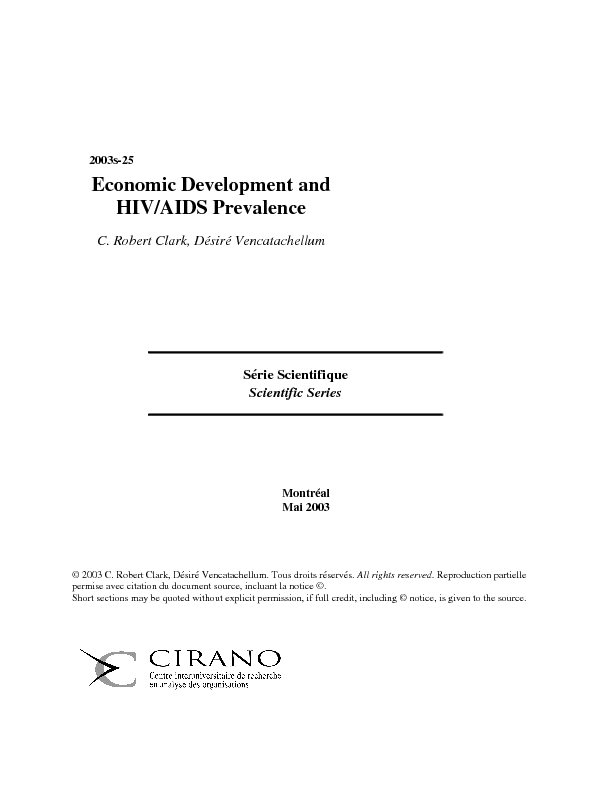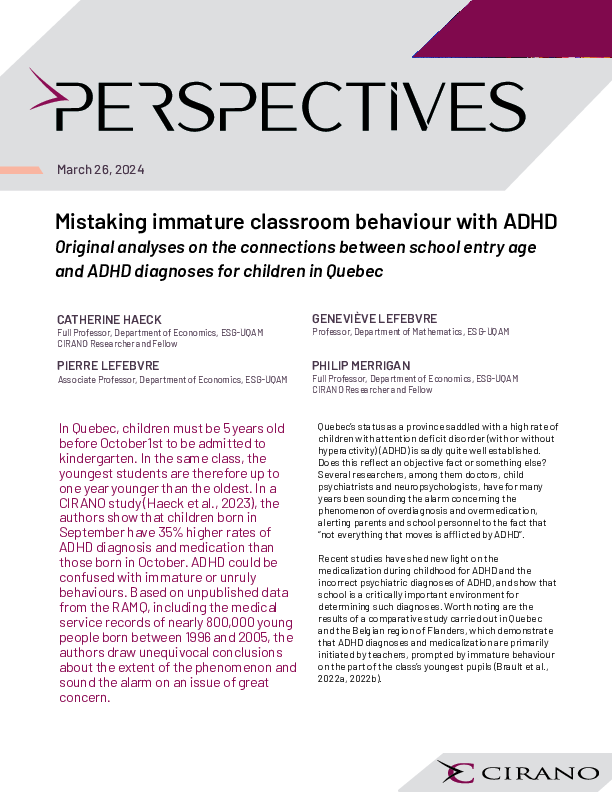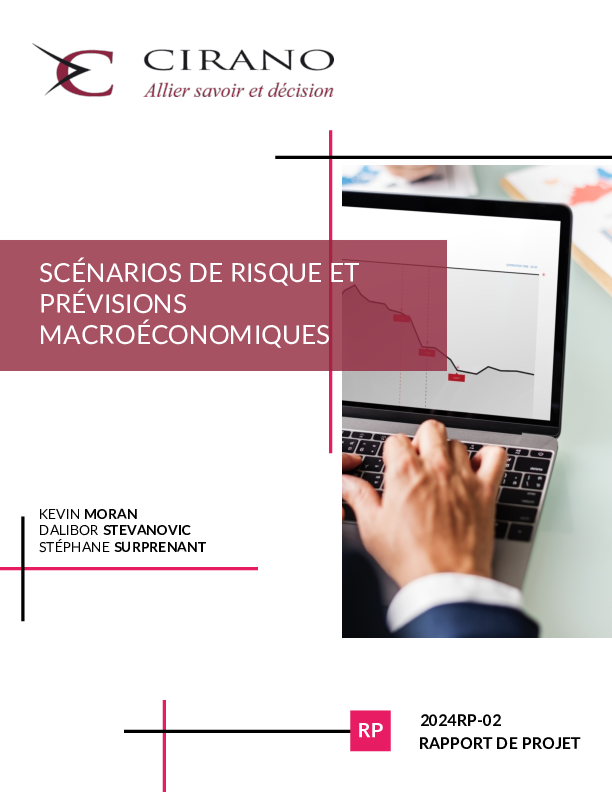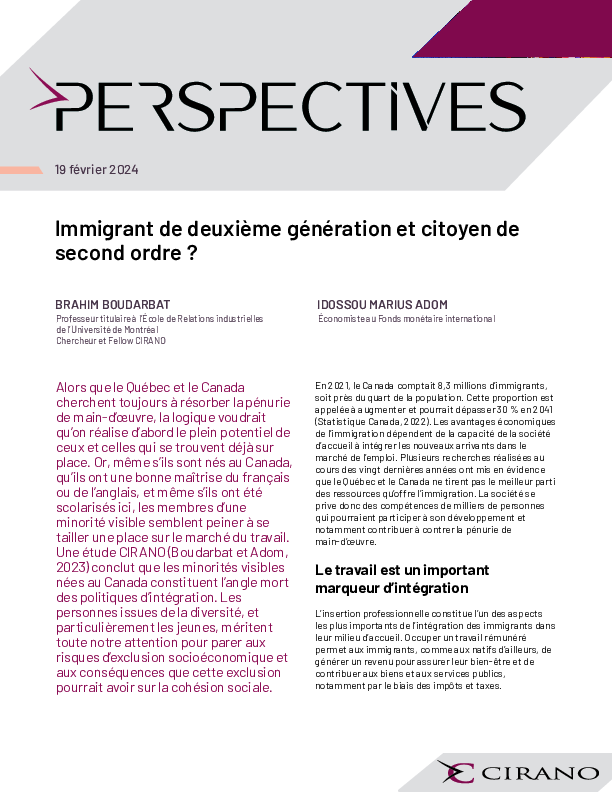Economic Development and HIV/AIDS Prevalence
There is a strong negative relationship between economic development and HIV/AIDS prevalence throughout the world. However in Sub-Saharan Africa where the epidemic is worst, this relationship does not hold. Some of the wealthier countries in this region have some of the highest rates of HIV/AIDS prevalence in the world. In order to explain these observations, we set up a two-period model where individuals derive utility from consumption and sexual encounters. Those who expect their second-period consumption to be sufficiently low may engage in unsafe sex, despite the possibility of contracting HIV, if it provides higher instantaneous utility. We show that poorer countries will feature a higher share of the population engaging in unsafe sex, and therefore a higher prevalence of HIV. In economies where the external effect of human capital is high, additional equilibria exist in which even wealthier individuals choose unsafe sex if they expect a large share of the population to do so. This is because if many people engage in unsafe sex, there will be a lower level of aggregate human capital (due to AIDS deaths) and hence lower second-period income, and consumption. Economies featuring multiple equilibria may select one in which a large fraction of the population is engaged in unsafe sex because of beliefs about the transmission of HIV/AIDS.
[ - ]




